There’s very little evidence of Bilbao’s industrial past in the city centre now. The riverside has all been cleaned up and the old wharves turned into riverside promenades. Abandoibarra, where the big shipyard was, has been a massive regeneration project, of which the Guggenheim is just a part. And there is nothing left of the ironworks on the hills surrounding the city centre, except for one rather impressive chimney which has been left in place as a reminder.
Another reminder, just down river from the Guggenheim and still on the site of the old shipyard, is the Euskalduna Palace, the new concert hall and congress centre built a few years ago. (‘Euskalduna’ means ‘Euskara-speaking’ and is the Euskara word for a Basque person as well as a Basque speaker.) Along the riverside by the concert hall are some sculptures based on wharf cranes, and the concert hall itself is an extraordinary ship-like structure made of rusting ship steel. It’s not a beautiful building but it’s a remarkable one.
Rusting ship steel is also used in the main permanent exhibit inside the Guggenheim, Richard Serra´s sculpture series, ‘The Matter of Time’, again intended as a reminder of the place’s shipping history.
Next to the Euskalduna Palace, there is a excellent maritime museum with some industrial remnants in its yard.
Down the estuary, in the six miles of river between the centre of town and the sea, there´s plenty to see of the industrial past and present – much of it derelict, some still working. A boat goes down this way every day in the summer and it’s a great trip. The derelict yards are eerie wasteland, and the few working yards have some quite exciting machinery – cranes on railway tracks with giant claws for picking up cargo – which it’s fun to watch.
Eventually you get to the sea, with the town of Portugalete on one side and the town of Getxo on the other, connected by the Vizcaya Bridge, the great transporter bridge built in 1893 which is one of Bilbao´s glories, and a UN World Heritage Site.
This is what it says the UN website:
Vizcaya Bridge straddles the mouth of the Ibaizabal estuary, west of Bilbao. It was designed by the Basque architect Alberto de Palacio and completed in 1893. The 45-m-high bridge with its span of 160 m, merges 19th-century ironworking traditions with the then new lightweight technology of twisted steel ropes. It was the first bridge in the world to carry people and traffic on a high suspended gondola and was used as a model for many similar bridges in Europe, Africa and the America only a few of which survive. With its innovative use of lightweight twisted steel cables, it is regarded as one of the outstanding architectural iron constructions of the Industrial Revolution.
The Vizcaya Bridge can be seen as a culmination of iron working practices in the Basque area. The local iron seams were mined in Roman times; from 13th -16th century iron was exported to France and the Low Countries from as many as 300 Basque ironworks. And by the 18th century Basque iron was being used as agricultural implements for colonising new lands in South America. At the end of the 19th century, the ironworks were at the peak of their output with the adoption of new production methods disseminated by the industrial revolution. A dense array of iron and steel works and shipbuilding were developed around the mouth of the River Ibaizabal and Bilbao was the most important industrial, mining, commercial shipping and financial centre in Spain. Around 12 million tons of goods, mainly iron ore and iron products, were exported each year along the three miles of the River Ibaizabal to the port on the Bay of Biscay. Industry developed all along the river on its west bank towards the estuary.
Towards the end of the 19th century, as the population increased, the right bank of the estuary was colonised for housing. This brought the need for transport across the mouth of the river for people moving from where they lived to where they worked and to link the railways on both banks. This link could not interrupt the dense shipping traffic in the river.
Many solutions were considered; it was architect, Alberto de Palacio who developed the idea of a cable reinforced transporter bridge, making use of the lightweight twisted steel rope cables newly invented by Ferdinand Arnodin. This allowed a bridge to be built on flat land without the need for ramps and created a structure that did not have to be raised and lowered to allow the passage of ships.
The iconic nature of the bridge was recognised at the time. De Palacio said that it should endow the estuary with a ‘elegant and grandiose aspect' and be proof of the ‘extraordinary wealthy Bibao mining area'.
The bridge was opened on 16 June 1893. It has operated continuously since apart from during the Spanish Civil War.
Vizcaya Bridge straddles the mouth of the Ibaizabal estuary, west of Bilbao. It was designed by the Basque architect Alberto de Palacio and completed in 1893. The 45-m-high bridge with its span of 160 m, merges 19th-century ironworking traditions with the then new lightweight technology of twisted steel ropes. It was the first bridge in the world to carry people and traffic on a high suspended gondola and was used as a model for many similar bridges in Europe, Africa and the America only a few of which survive. With its innovative use of lightweight twisted steel cables, it is regarded as one of the outstanding architectural iron constructions of the Industrial Revolution.
The Vizcaya Bridge can be seen as a culmination of iron working practices in the Basque area. The local iron seams were mined in Roman times; from 13th -16th century iron was exported to France and the Low Countries from as many as 300 Basque ironworks. And by the 18th century Basque iron was being used as agricultural implements for colonising new lands in South America. At the end of the 19th century, the ironworks were at the peak of their output with the adoption of new production methods disseminated by the industrial revolution. A dense array of iron and steel works and shipbuilding were developed around the mouth of the River Ibaizabal and Bilbao was the most important industrial, mining, commercial shipping and financial centre in Spain. Around 12 million tons of goods, mainly iron ore and iron products, were exported each year along the three miles of the River Ibaizabal to the port on the Bay of Biscay. Industry developed all along the river on its west bank towards the estuary.
Towards the end of the 19th century, as the population increased, the right bank of the estuary was colonised for housing. This brought the need for transport across the mouth of the river for people moving from where they lived to where they worked and to link the railways on both banks. This link could not interrupt the dense shipping traffic in the river.
Many solutions were considered; it was architect, Alberto de Palacio who developed the idea of a cable reinforced transporter bridge, making use of the lightweight twisted steel rope cables newly invented by Ferdinand Arnodin. This allowed a bridge to be built on flat land without the need for ramps and created a structure that did not have to be raised and lowered to allow the passage of ships.
The iconic nature of the bridge was recognised at the time. De Palacio said that it should endow the estuary with a ‘elegant and grandiose aspect' and be proof of the ‘extraordinary wealthy Bibao mining area'.
The bridge was opened on 16 June 1893. It has operated continuously since apart from during the Spanish Civil War.
The impressive gondola still carries people and cars across on cables. You can also – should you be mad enough to want to do so – walk across the top of the bridge, 45 metres above the river. Pietro did this, and said that even he found it a bit scary. I went across on the gondola….
Here are some of the pictures Pietro took from the top:
And below are some pictures of the bridge. (It was a particularly beautiful day - Dec 24th and 21 degrees! I was quite pleased with the shots of the cables glinting in the late afternoon sun.)
The town of Portugalete on one side of the bridge is a medieval fishing town as old as Bilbao which later became an industrial and shipping centre. There´s a medieval church on the hill, a lovely square by the river full of plane trees (a common sight throughout the Basque country), and a nice hotel with a terrace where people come to eat and drink on sunny days.
On the other side of the river is the wealthy suburb of Getxo, with its beaches, its marina, its English-style mansions (see previous post), and the little medieval fishing village of Algorta at its heart.
And further on is Santurtzi, where the still thriving modern port of Bilbao begins. I haven´t been as far as the port (which is where one would arrive if one took the ship from Portsmouth to Bilbao). But we did get to the old harbour at Santurtzi
By the harbour, there is a moving memorial to the 4000 Basque children ('Los Ninos de la Guerra') who were shipped from here to Britain in 1937 at the time of the Spanish Civil War to get them away from the bombs. Many never came back, and those who did often found that their families had died in the bombings. The massacre at Guernica, just a few miles from Bilbao, is well-known, but the whole of the Basque Country was a major focus of the war, with Franco keen to subjugate the troublesome Basques. Guernica took place on April 26th 1937. The Basque Children were shipped off on May 21st. The Battle of Bilbao (which Franco won) took place on 11th June 1937, during which all the city’s bridges (but not the transporter bridge at Portugalete) were destroyed.
The memorial is positioned around the base of an old crane on the wharf:
The memorial is positioned around the base of an old crane on the wharf:
The mosaic shows images of the bombing of Guernica by German planes, and parents and children hugging as the children set sail for Britain:
You can read more about the Basque children and what happened to them in Britain by following the links below. There was recently a BBC TV documentary about them, and a new animated film about them will be released shortly.
http://www.bbc.co.uk/blogs/wales/posts/Wales-and-the-refugee-children-of-the-Basque-country
http://www.bbc.co.uk/news/uk-england-hampshire-19439627
http://www.basquechildren.org/
http://www.bbc.co.uk/blogs/wales/posts/Wales-and-the-refugee-children-of-the-Basque-country
http://www.bbc.co.uk/news/uk-england-hampshire-19439627
http://www.basquechildren.org/
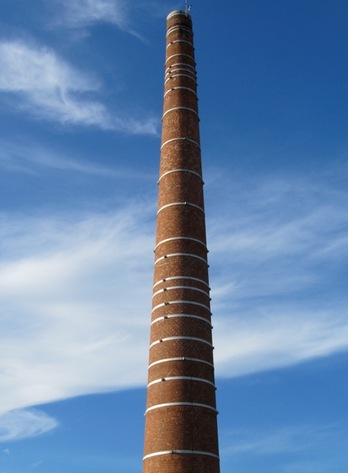
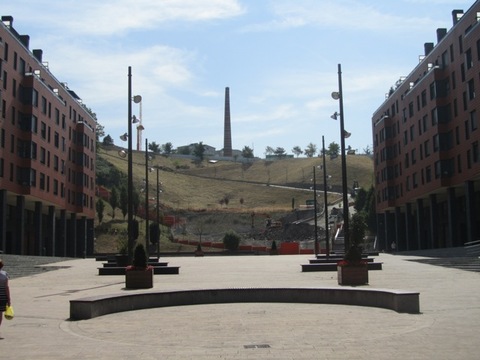
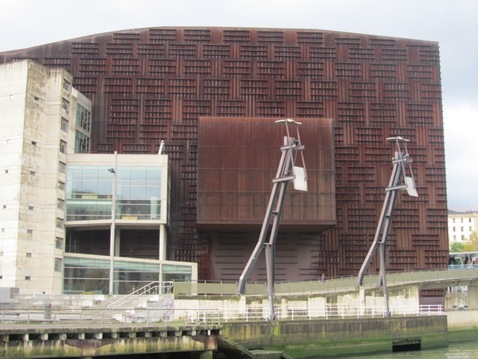
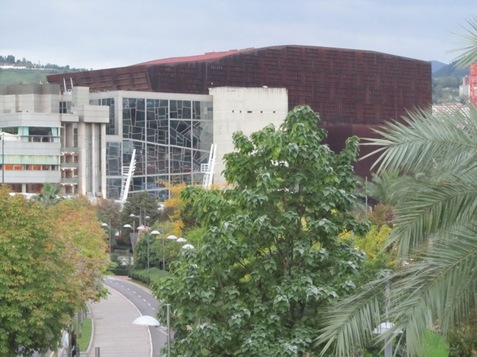
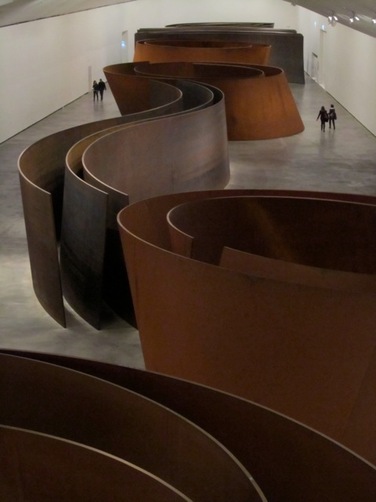
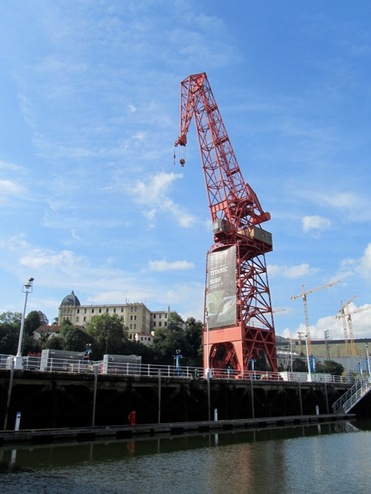
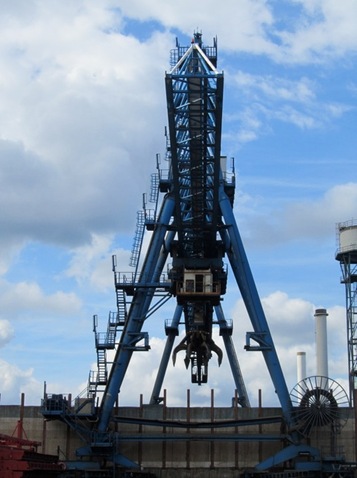
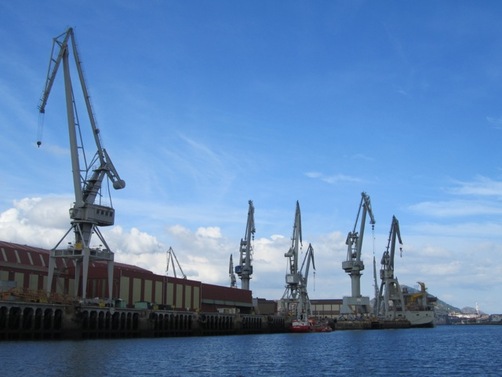
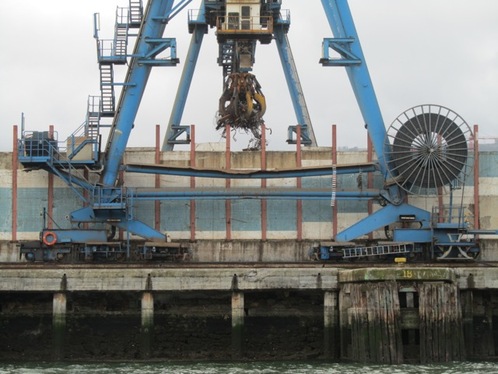
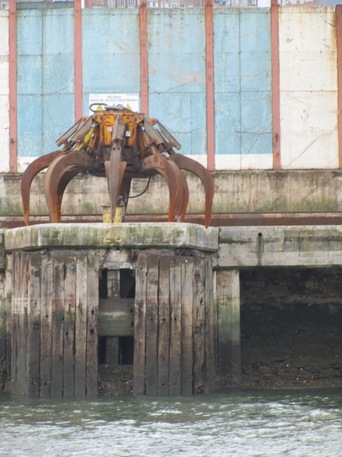
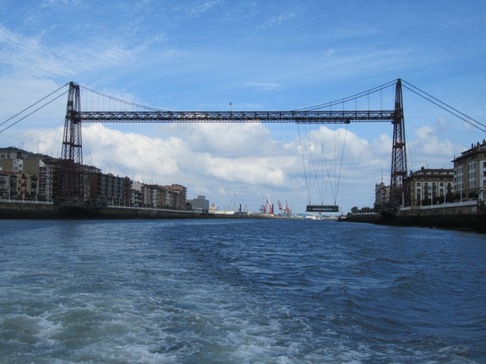

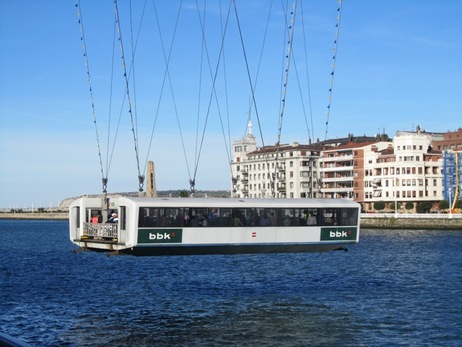
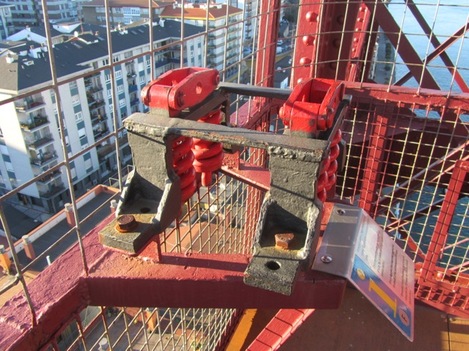
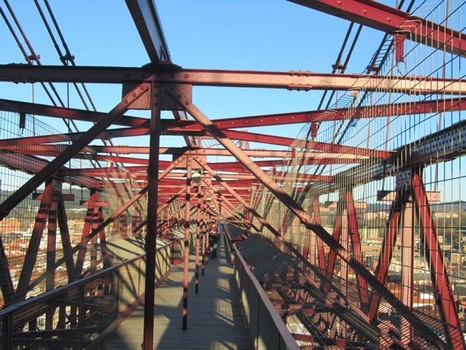
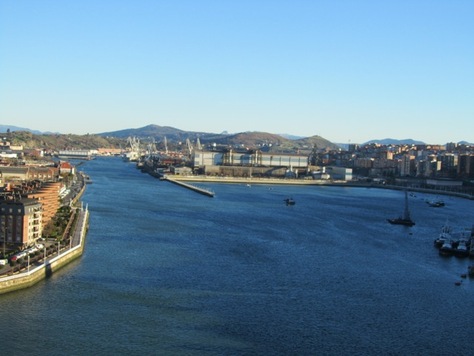
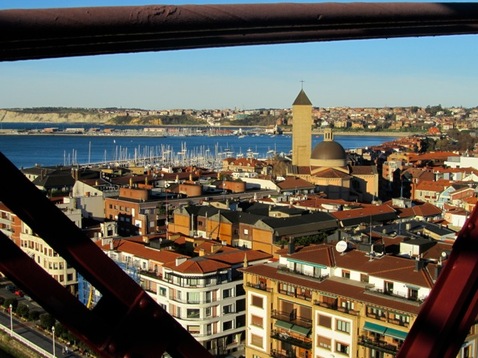
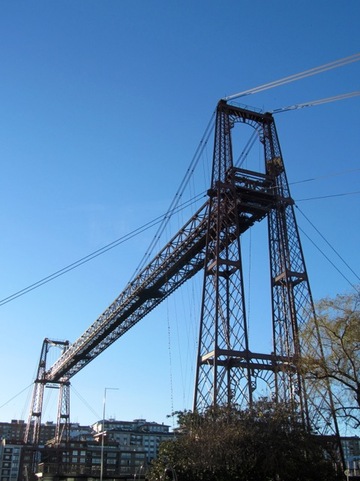
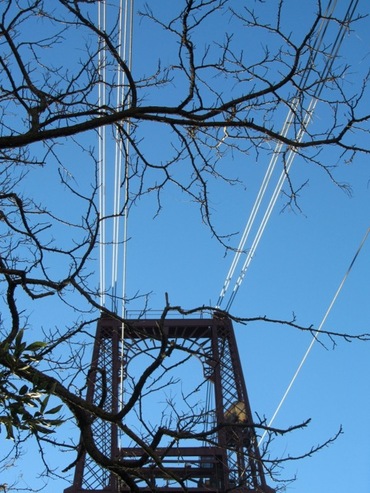
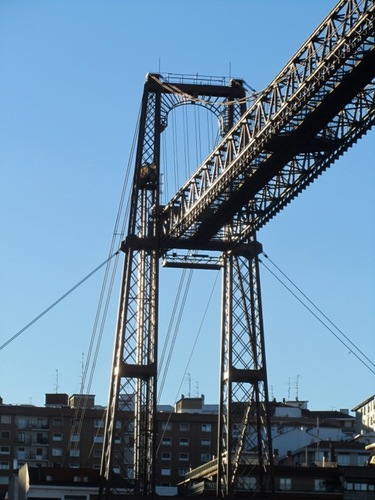
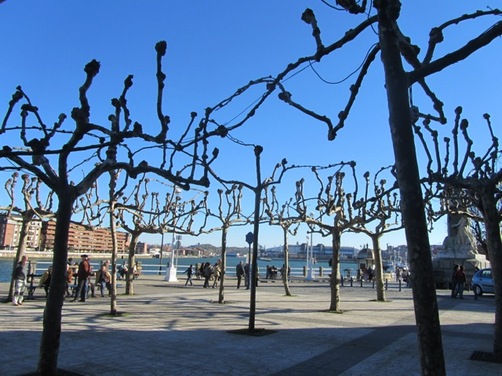

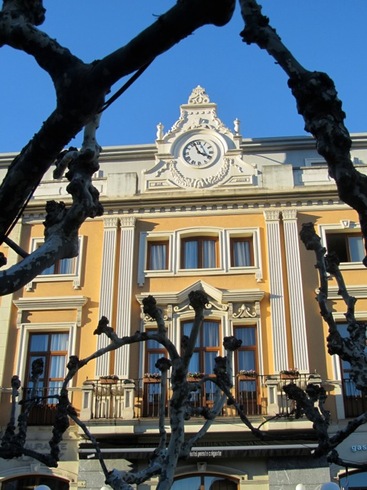
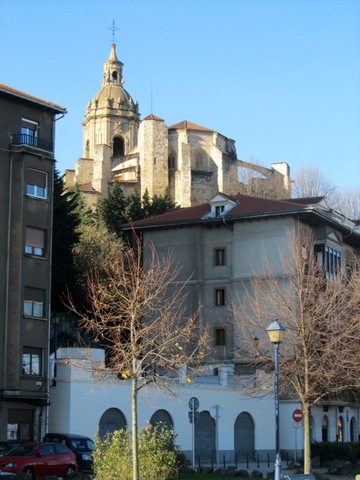
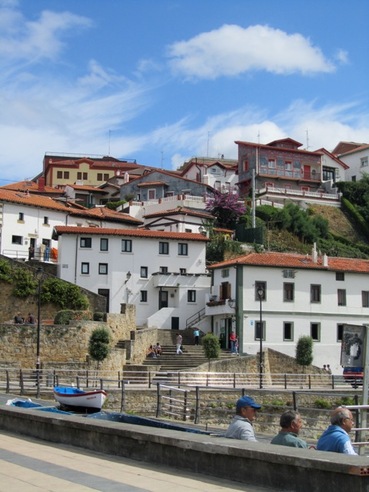

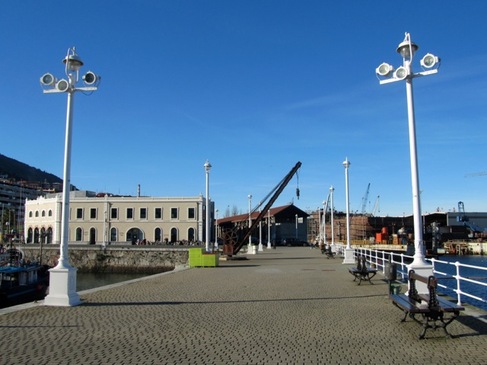
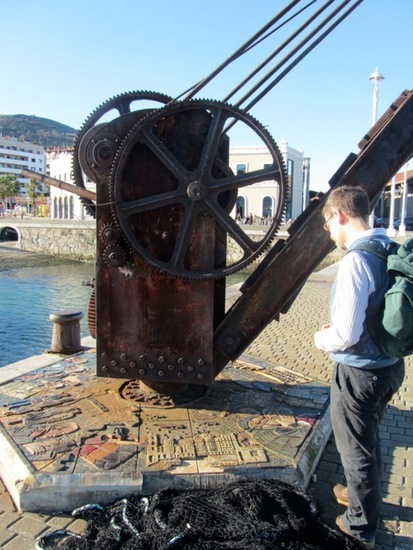
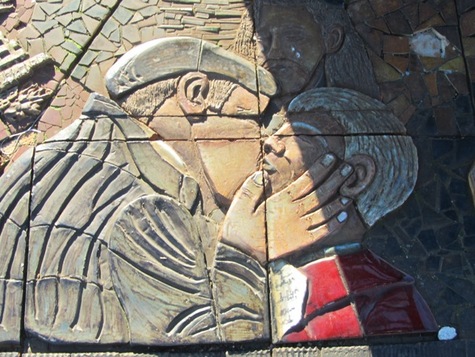
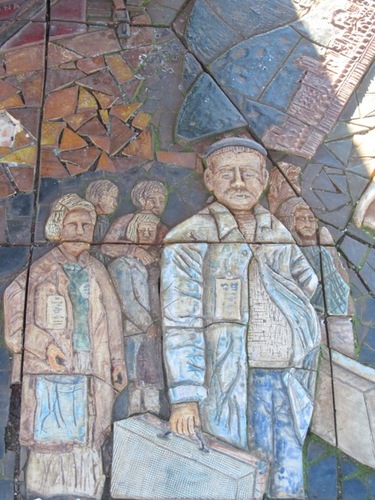
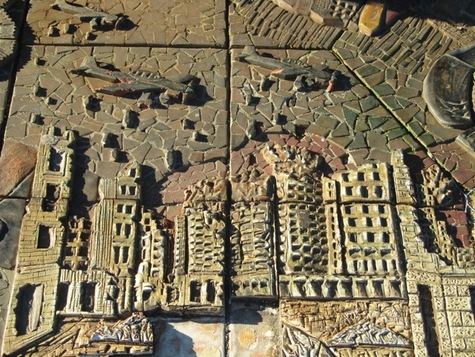

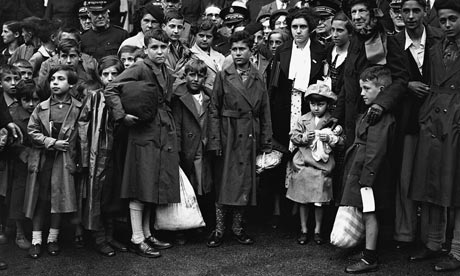
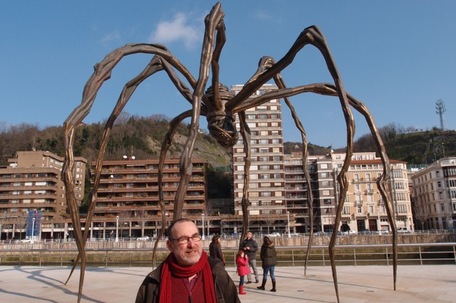
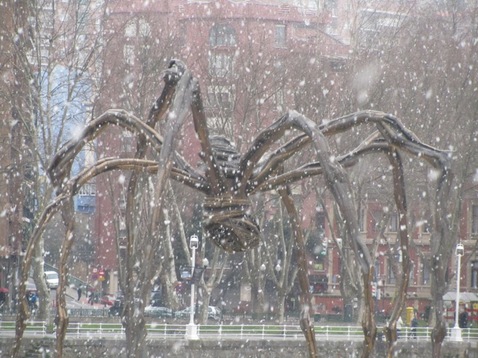
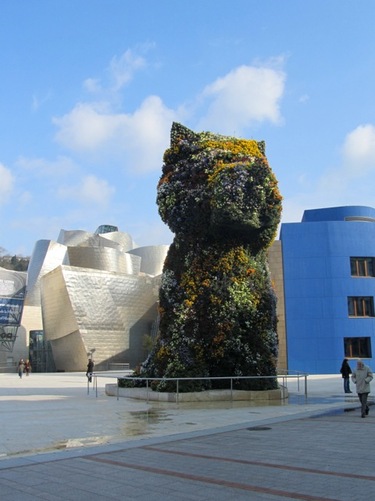

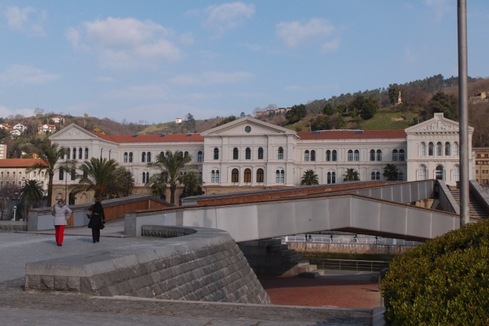

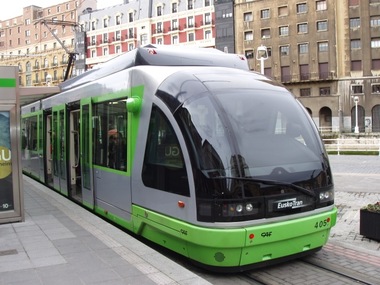
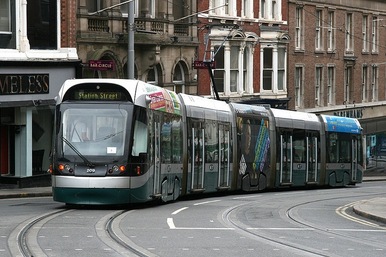
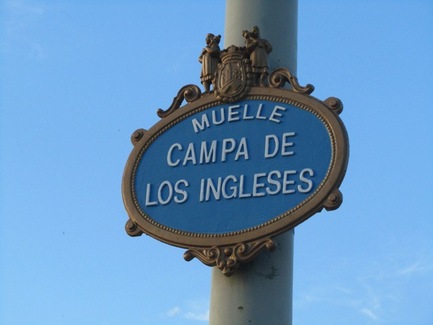
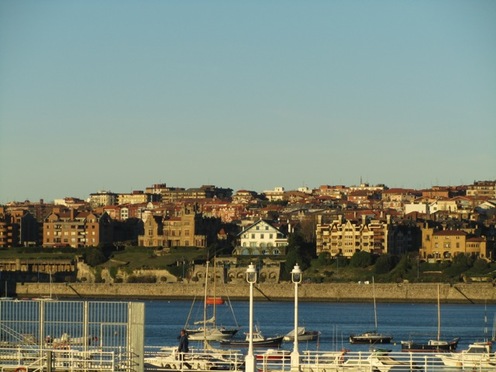
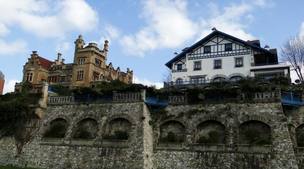
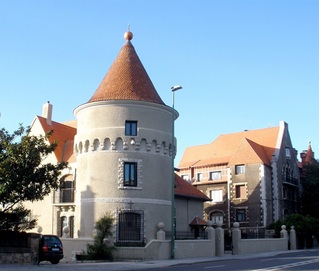
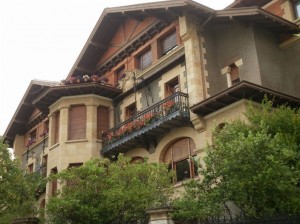

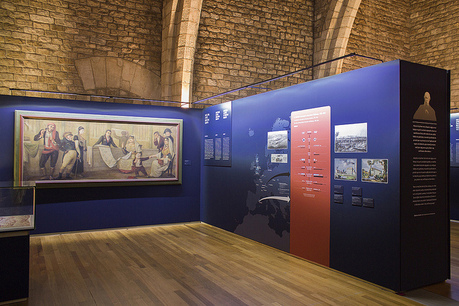
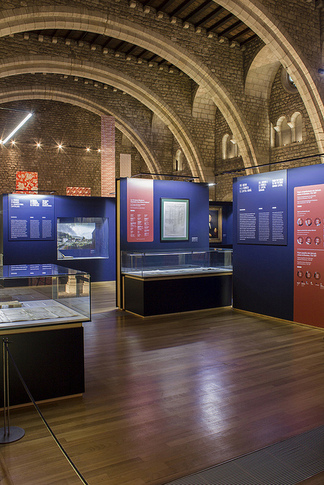

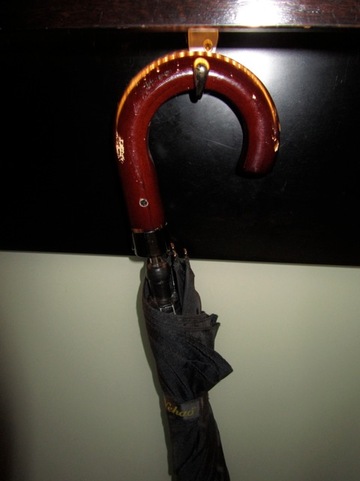
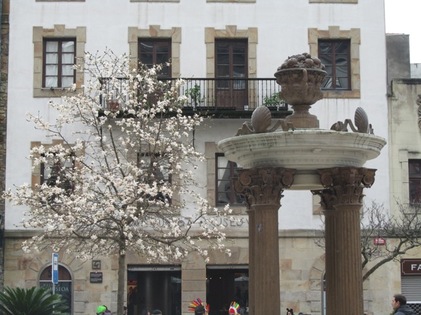
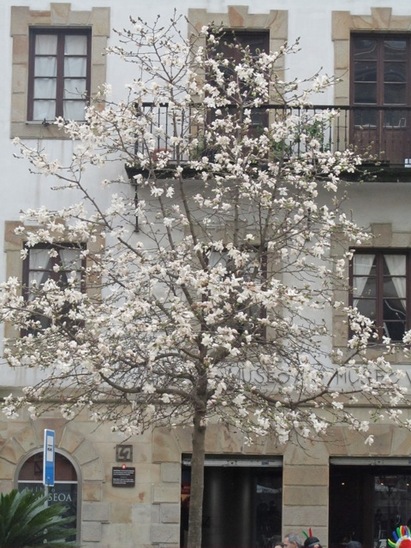
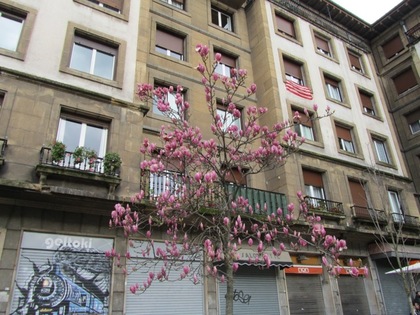



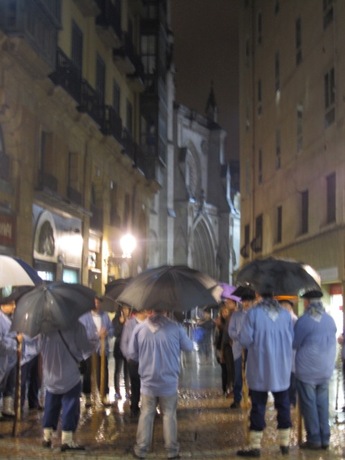
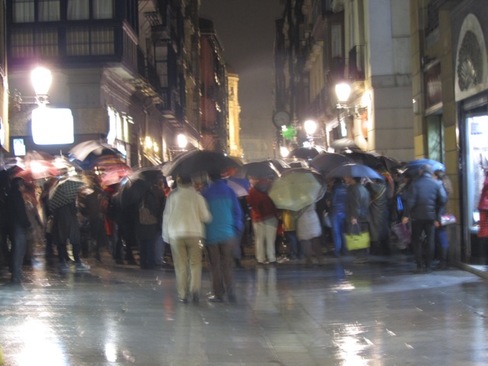
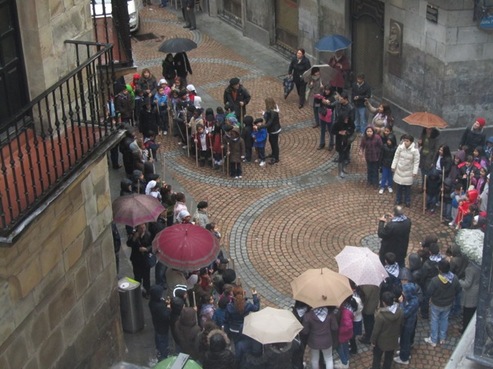
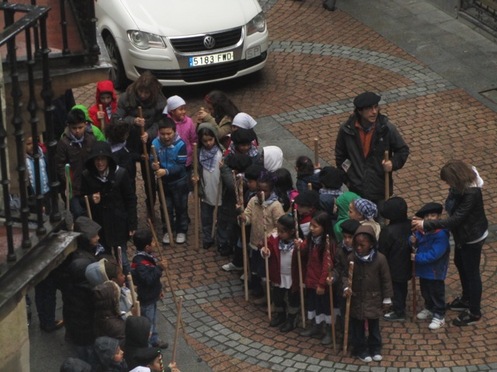
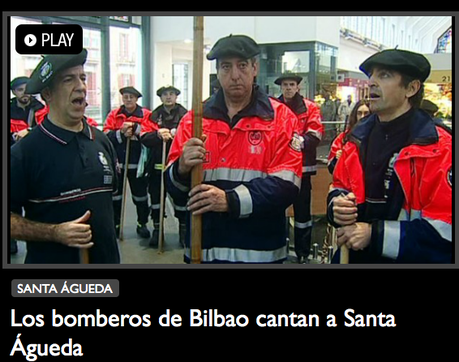
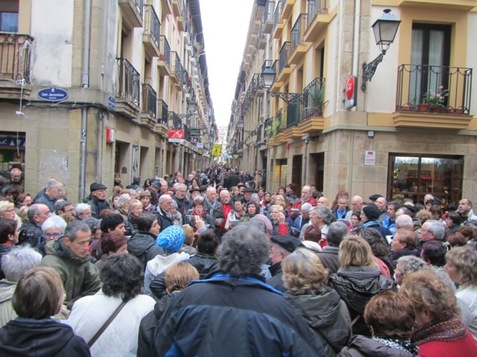
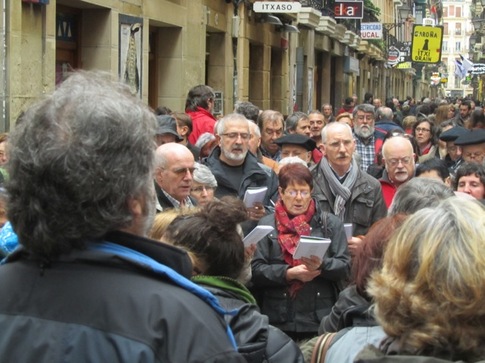
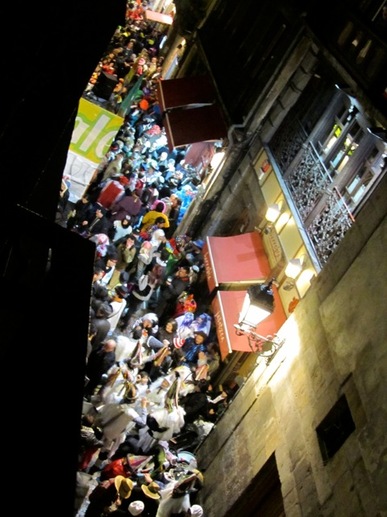

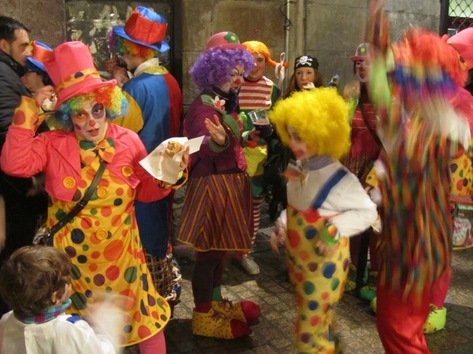
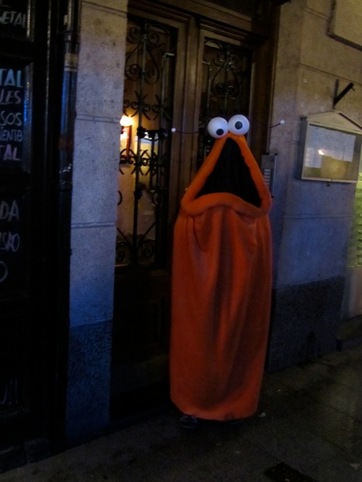
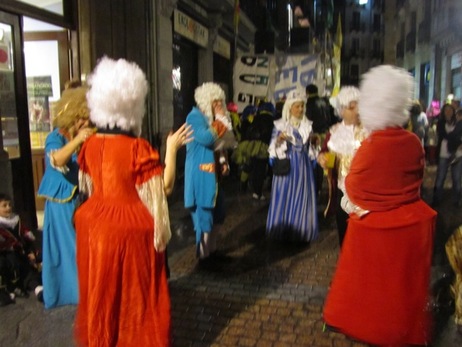
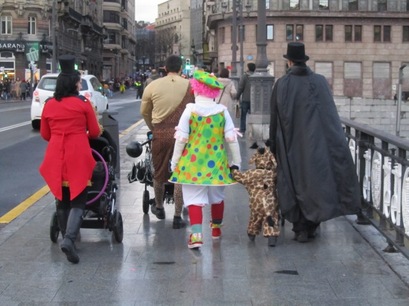
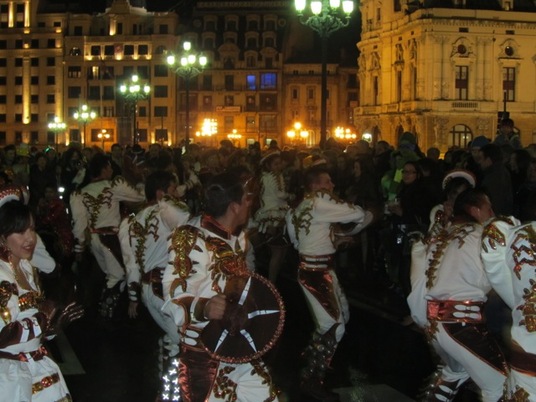


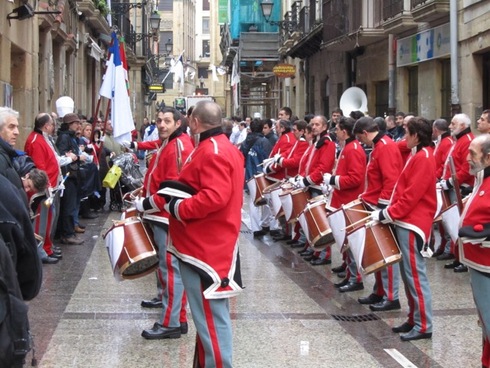
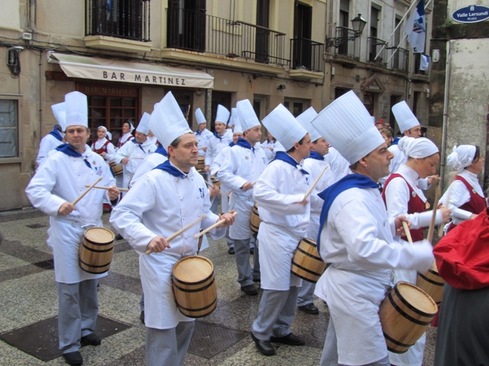
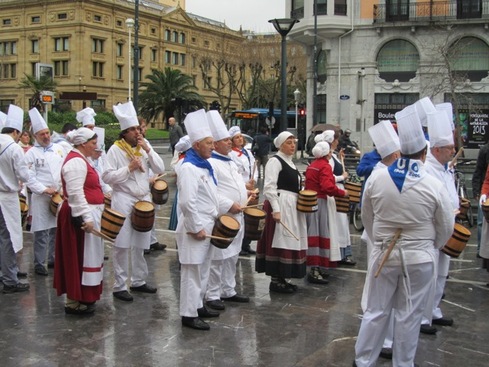

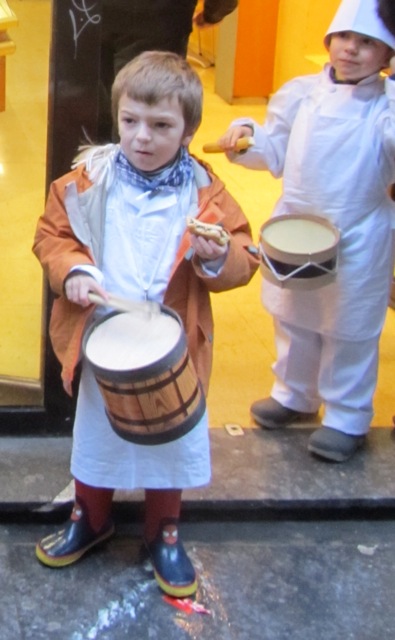
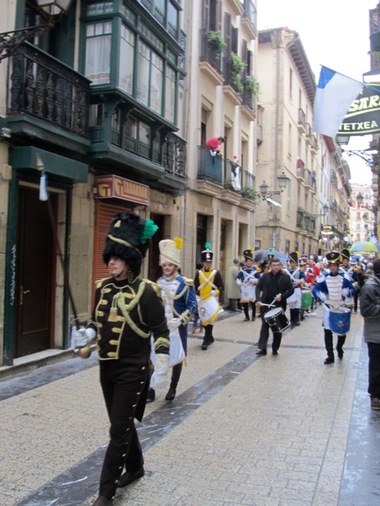
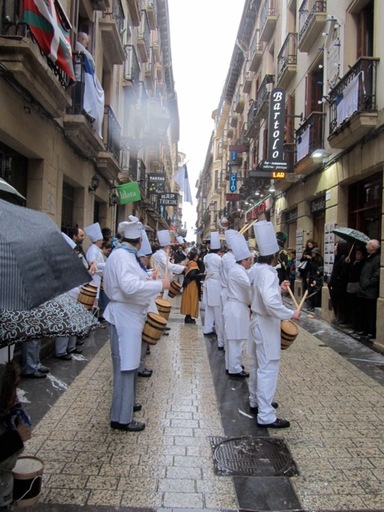
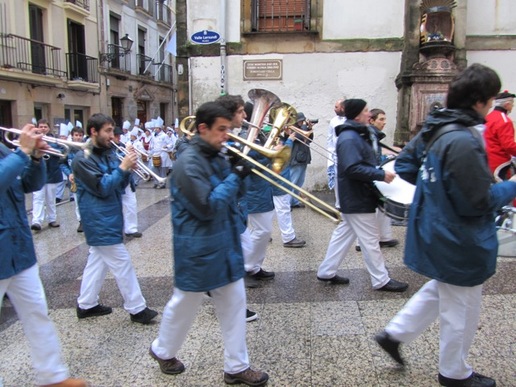
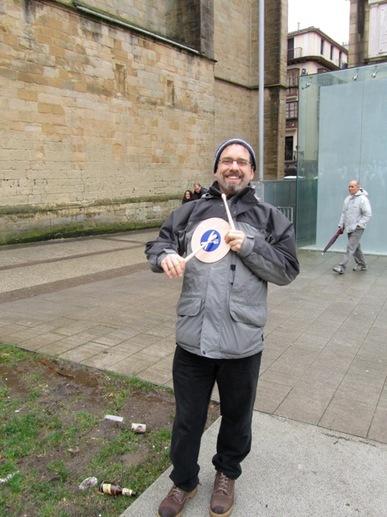
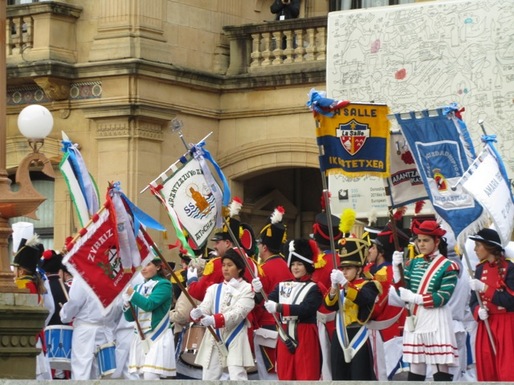
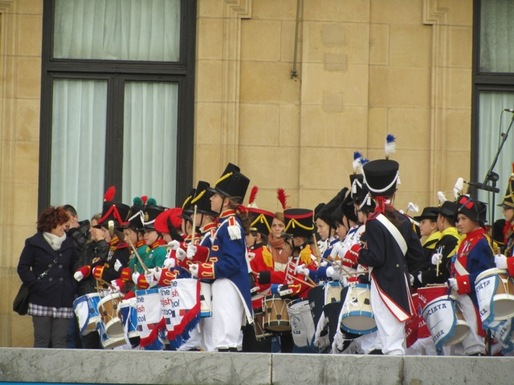
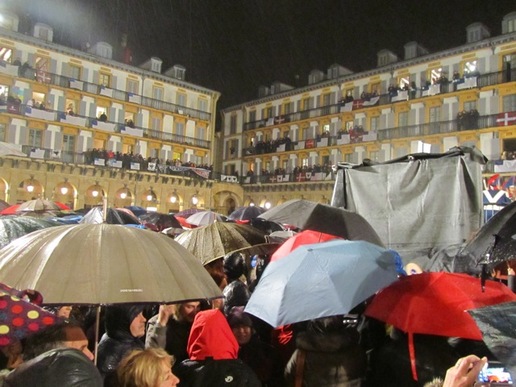
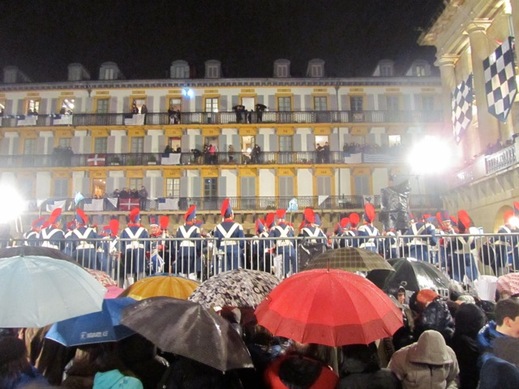
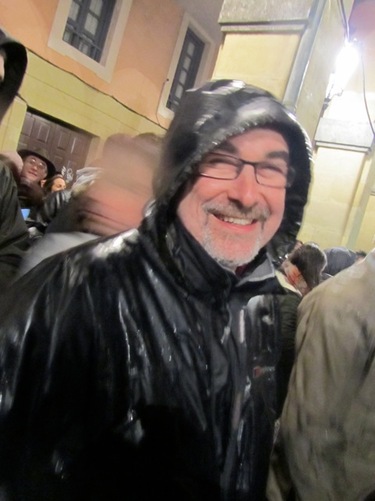
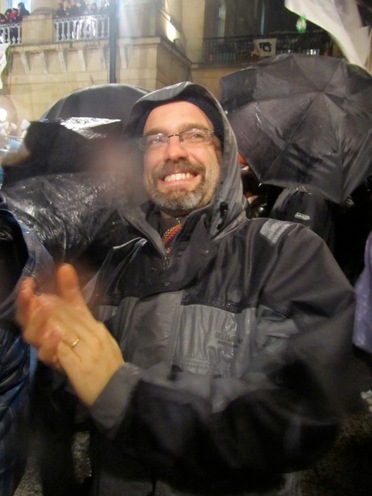
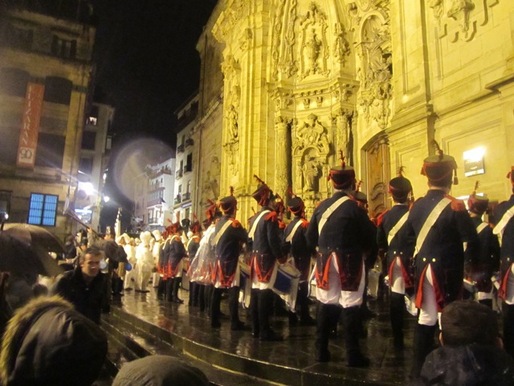
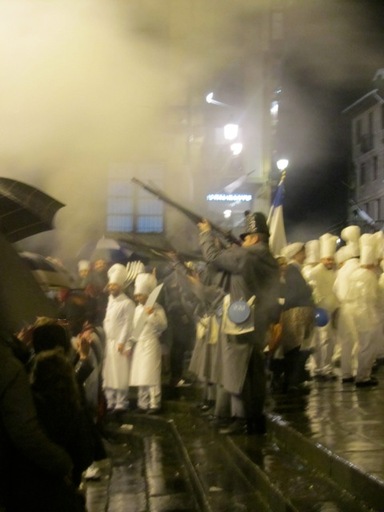
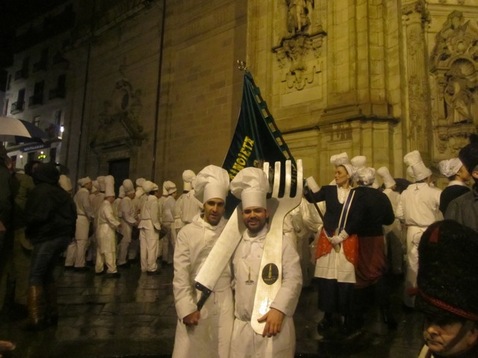
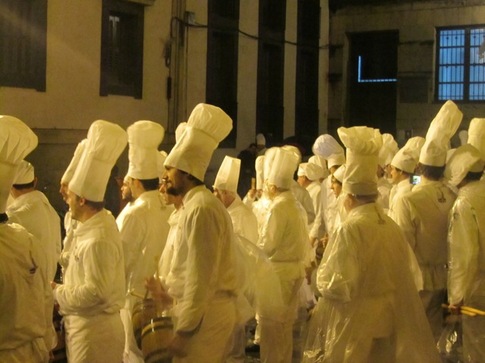
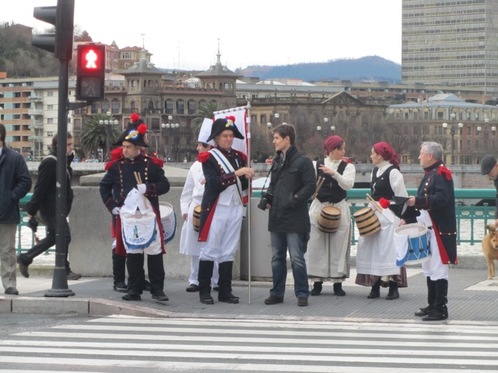
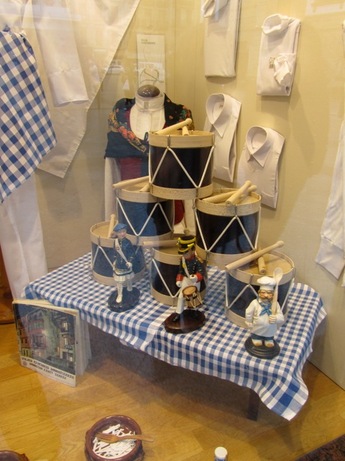
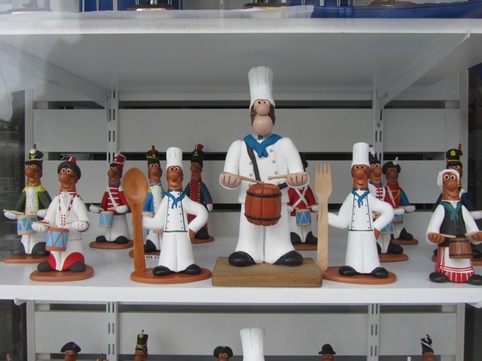

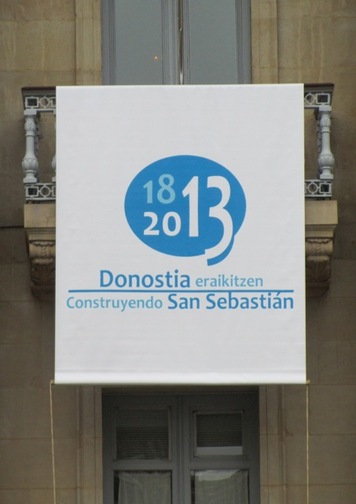

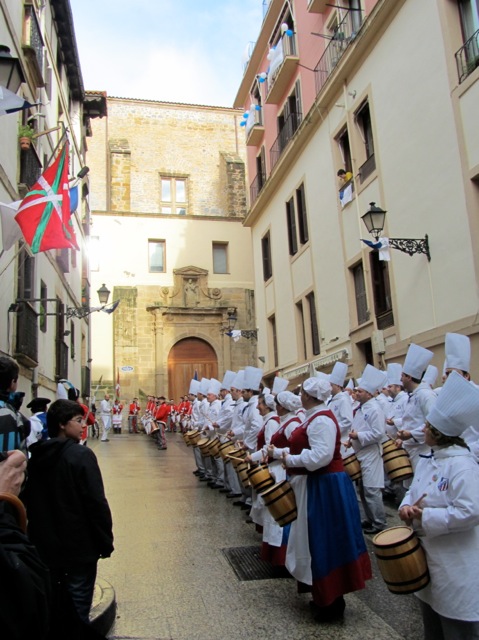
 RSS Feed
RSS Feed